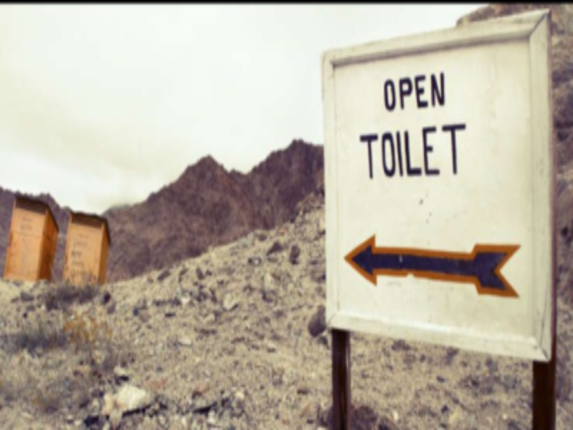Over the years, the general health stature of Indians have improved and life expectancy has also increased. However, the myriad sanitation problems and health repercussions due to poor sanitation still exist. One of the major causes of sanitation-related health complications is open defecation. Even after 70 years of independence, open defecation is a matter of serious concern as India has the most number of people practicing open defecation in the world.
According to a report by the United Nations, 732 million people in India do not have access to toilets out of which 355 million are women. Lack of improved sanitation remains a major concern, especially for women and children. The repercussions of inadequate sanitation for women and children is worse. It puts a disproportionate burden on women and adversely affects the health of women and children both. Majority of women in areas without access to the toilet often minimise their food and water intake to minimize the need to exit home. Due to the non-availability of toilet at home, women have to hold their bladder for almost 13 hours a day.
The humiliation of answering nature’s call in the open is huge. There have been several instances when women have been attacked, killed or harassed in the open. According to UNICEF, around 50% of rapes happen when women go out to defecate or urinate. The situation gets worse for adolescent girls. Around 23% of adolescent girls drop out of school due to lack of toilet facility.
Open defecation is also a major cause of fatal diarrhea. The practice is the main reason India reports the highest number of diarrheal deaths among children under 5 in the world. Every year around 1, 02, 813 children under 5 died due to diarrhea. Children weakened by frequent diarrhea episodes are more vulnerable to malnutrition, stunting, and pneumonia.
The practice of open defecation has been carried out in India as a tradition since ages. The continued narrow mindset hinders actual toilet usage. At times, even after a toilet is built at home, the family may use it as a storehouse, for washing purpose or others but not for defecation. India has had a late start to toilet training, and building latrines at home in many rural homes are considered ritually impure and polluting. Even in the rural rich household, toilet facilities are given the least priority.
Since 1990, the Indian Government has introduced nationwide campaigns to improve the sanitation status and build toilets in every household, public places of the country. However, sanitation issues still exists. In order to make India, open defecation free, a change at several scales of power is required. There is a crying necessity to address behaviour, cultural attitudes and social norms. Moreover, a more gendered approach is needed through policies. Active participation of women in sanitation programs is a prerequisite so that they can spread awareness about the importance of improved sanitation for women and children.
Community members and school children can be encouraged to be the agents of change to promote sanitation and encourage others to stop defecating in the open. Various gram panchayats within social settlement can promote a feeling of healthy competition to make their village Open defecation free.
Also, making India open defecation free is a mammoth task which requires coherent efforts from Corporates and NGOs. Here, public-private partnerships for WASH initiatives, increasing access to sanitation and toilet can be implemented on a larger scale in the remotest corners of the country.
Unless sanitation drive becomes a mass movement, the issues of sanitation, cleanliness and hygiene will continue to remain a major concern. We need involvement and participation of community through diverse intervention and approaches to make the country open defecation free.
